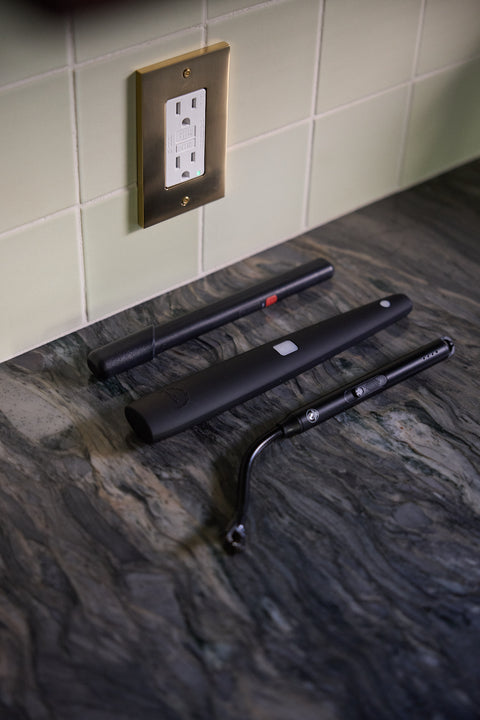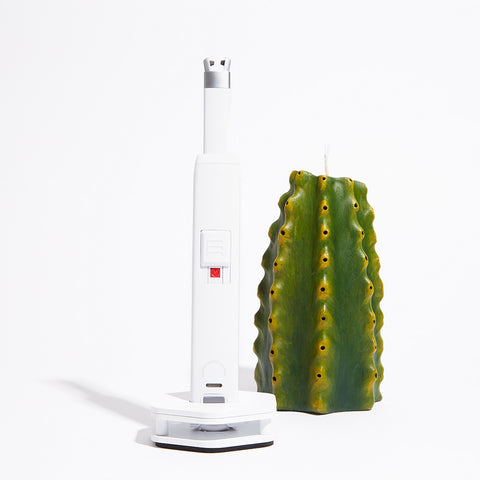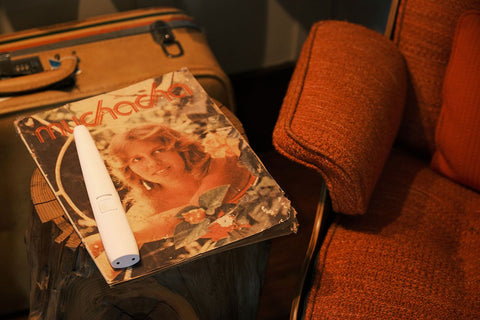
Lighters have been around for centuries, and their design has evolved quite a bit over the years. In this article, we will take a look at the history of lighters from their early days to today. We will discuss the different types of lighters that have been created over the years and how they have been used. Stay tuned for an interesting look at the history of lighters!
History Of The Lighter: The Early Years
It's hard to imagine a world before lighters, but lighting a fire was often an arduous task for many centuries. It wasn't until the 1820s that the first lighter was invented - Johann Wolfgang Döbereiner's Lamp. The innovative device used hydrogen gas and a metal catalyst to create heat and light, but it was so big, complicated, and hazardous that it only saw limited production. This early attempt at making fire-lighting more convenient eventually led to the redesigned firearms called matchlock guns, which filled the gap until the invention of strike-able matches in the 1800s.
Carl Auer von Welsbach's 1903 patent for ferrocerium, often confused with flint, made the creation of modern lighters possible. By scratching it, a spark is produced, igniting the fuel contained within, leading to experimentation by companies and individuals.
During World War II, soldiers found enclosing the flame in a cap with holes was beneficial when outdoors in windy conditions. Metal lighters that could be reused were created in 1932 by George Grant Blaisdell. They were soon because they were long-lasting and had a wind-proof design.
Fuel Choice
In the 1950s, naphtha was the primary fuel source used in lighters; however, butane eventually dominated due to its more controllable flame and lesser odor. This shift brought about a new piezoelectric sparks technology, which allowed for a more reliable ignition than the previously used ferrocerium. Consumers soon began preferring lighters that featured this technology as it provided better durability while producing fewer odors and sparks, leading to the widely used butane-powered lighter products by today's standards.
Operation
Naphtha lighters were convenient and easy to use, while butane lighters have a much more efficient fuel delivery system. Butane lighters have a valve that controls the flow of butane gas when ignited. This is a huge improvement over naphtha lighters that used a top that swings open and closed to prevent fuel permeation. This also served as an extinguishing agent for the lit flame. To light either type of lighter, manufacturers had two options; striking a piece of metal against the ferrocerium or pushing a button that creates an electric arc through a piezo ignition. Both these methods help ensure reliable lighting in all weather conditions and elevations.
Naphtha is an incredibly flammable substance, so you'll often find it in traditional lighters. When the lighter's lid is opened, its vapor quickly escapes, allowing you to light it with a spark. Butane lighters go one step further by featuring a valve that opens when the striker is used - this ensures the flame stays lit until either the lid is closed, or the button on the butane lighter is released. Combining these mechanisms makes butane lighters significantly more reliable and user-friendly than their naphtha counterparts!
Types Of Lighters
Through the ages, lighters have evolved. Different ignition mechanisms are offered, from the traditional match to more sophisticated versions, like the reusable electric lighter. Some brands are recognized for their distinctive metal casing and removable parts that allow you to add a personalized mechanical marvel. Meanwhile, other, more economical, disposable lighters are made from alloy and chrome.
Traditional Reusable Metal Lighters
Since its founding in 1932 by George Grant Blaisdell, reusable metal lighters have skyrocketed in popularity. Perhaps the greatest benefit they offer is the fact that they are refillable - making them more than just a way to light something; they become a memento. Of course, there are some downsides to owning these lighters, such as the weight compared to other lighter options. Furthermore, those not lit regularly can suffer from fuel evaporation, causing them to function poorly or even stop working.
Utility Lighters
Utility lighters are incredibly useful for people who want a reliable yet safe way to light up their next fire or grill. Not only do they come with a flex neck, making them perfect for reaching those hard-to-reach areas, but they also have refillable options that mean the flame won't go out.
Table Lighter
Table lighters have had an interesting history throughout the ages. As a stationary flame source to light up candles or smoke, they were advertised to be placed in places such as one's home, hotels, restaurants, and bars. Today, there is still a market for these lighters; crafty artisans have elevated this idea with more ornate designs featuring materials used in the creation process, such as metal, wood, resin, and marble.
Additionally, many designers have fashioned table lighters into shapes of animals, vehicles, or logo images for businesses. During the World War II era - between 1939 to 1945 - there was an even wider range of designs put out, including tanks, bombs, and planes – a great testament to how creatively these items can be made into something special.
Disposable Lighters
A trip to the gas station isn't complete without a glance at the checkout counter, where you will likely find packages of disposable pocket lighters. Invented in 1973, these lighters are known for their adjustable flame and can get up to 3,000 uses each.
USB Lighters
USB lighters are revolutionizing the way people light just about anything. They are a convenient and reliable source of fire while being far safer than traditional lighters. Instead of relying on liquid fuel like most butane-powered lighters, USB lighters use a heating element that is powered by electricity. This means they can be used easily and can be recharged using a USB port or power bank.
Additionally, they can be charged multiple times to provide an eco-friendly alternative to disposable one-use lighters. USB lighters are a convenient and eco-friendly alternative to traditional lighters that use lighter fuel. The design of a USB lighter is sleek and stylish, making them an ideal accessory for any occasion or event.
These lighters look good and provide ample heat output from a rechargeable fuel cell that can be recharged hundreds of times without losing performance. As an added bonus, the absence of hazardous fumes makes these lighters safe for indoor and outdoor use.





